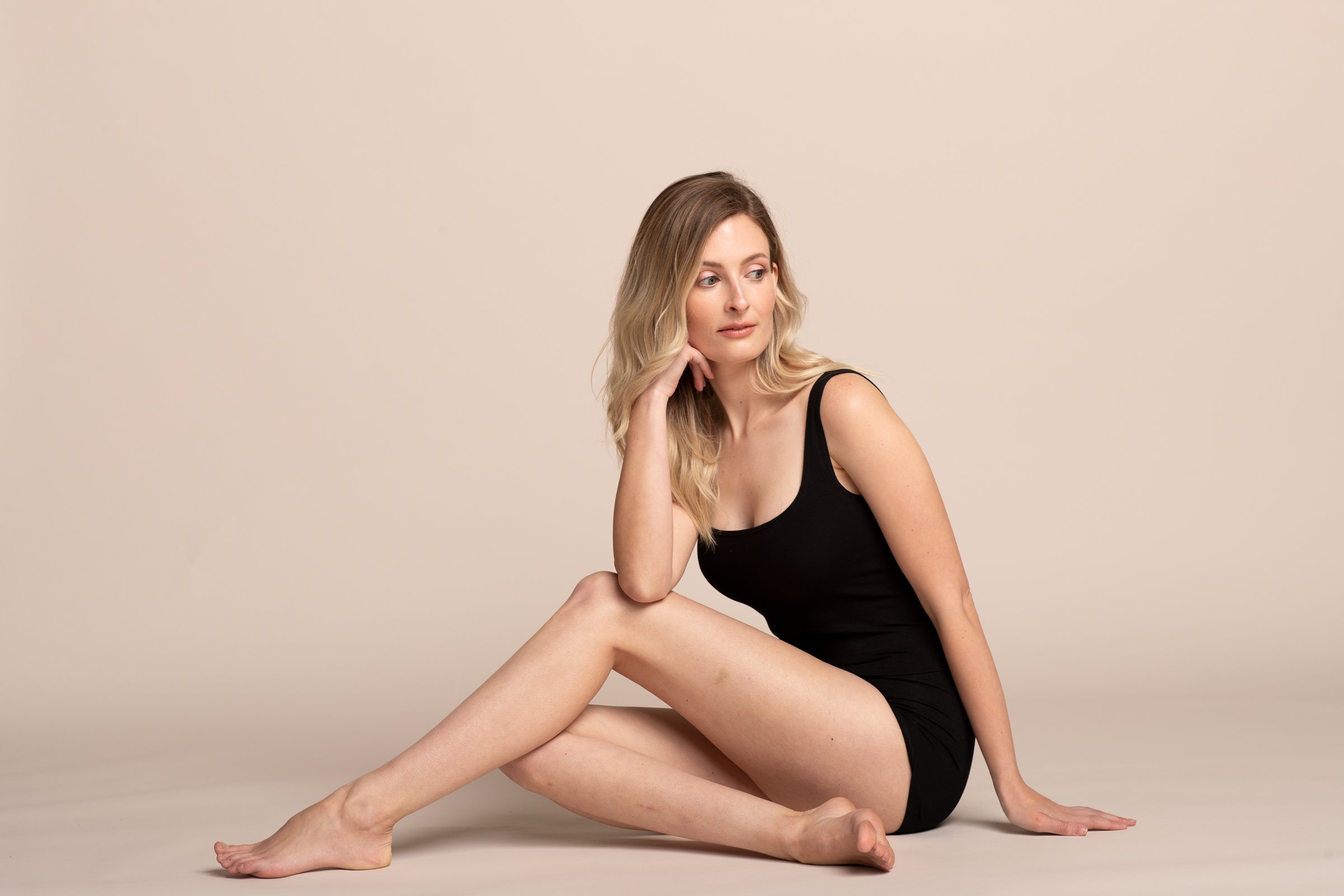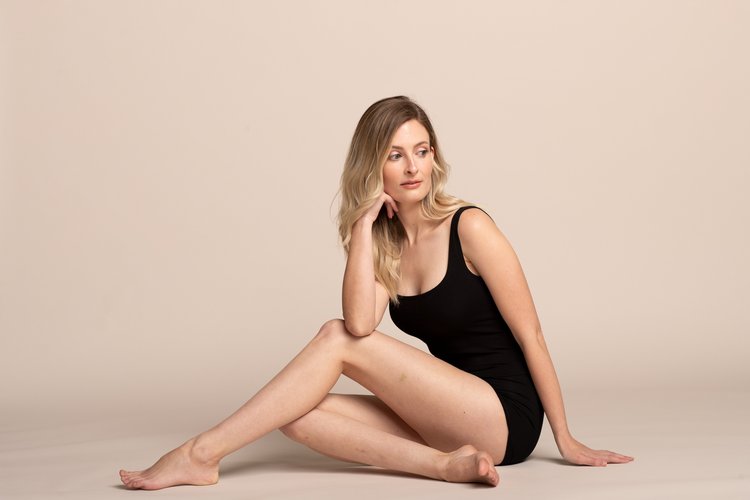Gynecomastia
Male breast reduction, also known as gynecomastia surgery, is a cosmetic procedure designed to address enlarged or overdeveloped breasts in men. Gynecomastia is a common condition caused by hormonal imbalances, genetics, certain medications, or other underlying factors.
During the procedure, excess breast tissue and fat are surgically removed, resulting in a flatter and more masculine chest contour. The surgical technique may involve liposuction, excision of glandular tissue, or a combination of both, depending on the individual’s specific needs.
The results of male breast reduction are long-lasting, provided that a stable weight is maintained and hormonal imbalances or underlying medical conditions are addressed. Scarring is minimal and can fade over time, becoming less noticeable.
At Marion Plastic Surgery, our experienced team understands the unique concerns of men seeking gynecomastia treatment. We offer personalized consultations to evaluate each patient’s condition and recommend the most appropriate treatment plan. Our goal is to help men achieve a more masculine chest appearance and enhance their overall well-being.
If you are bothered by enlarged breasts and considering male breast reduction, schedule a consultation with us to discuss your options. Dr. Marion will guide you through the process, answer your questions, and provide exceptional care to help you achieve the results you desire.
Anesthesia
General Anesthesia
Length of Procedure
Between 1 & 2 Hours
Length of Stay
Outpatient; No Overnight Stay Required
Discomfort
Mild to Moderate Pain, Swelling, and Bruising in the Chest Area
Recovery
Several Days to Weeks; Return to Normal Activities within a Few Weeks







Frequently Asked Questions
Breast implants must be placed through an incision in the skin. There are generally four options for scar placement – the arm pit (axilla), the area around the areola (peri or circum-areolar), under the breast crease (inframammary fold), and the belly button or umbilicus. The placement of implants from the abdomen has been largely abandoned by most plastic surgeons. Most common today is the inframammary fold incision under the breast fold. This remains well hidden, even in bikini bathing suits or nude. It also provides direct access to the placement of the implant and is usually limited to around 3cm (just over an inch). Dr. Marion uses the Keller Funnel to aid placing the implant and this has many advantages, one of which is requiring a smaller incision or scar.
There are many types of implants to choose from when considering a breast augmentation. Options include the shape, implant surface texture and the implant filling such as saline and several types of silicone gel (cohesive gel, gummy bear breast implants). All of these breast implant materials will do a great job enlarging the breast and all are FDA approved. But there are subtle differences between these material types that can affect how they feel, what incision is needed for their placement, how long they will last and their costs. It is important that each patient be aware of these breast implant differences so they can make the best choice.
Dr. Marion has used all brands and types of implants and is satisfied with the safety and results of the newest generation of implants that are called form-stable or highly cohesive silicone gels.
The breast implant size has two main variables- size (volume) and shape (projection). The choice depends on what the patients goals are. When considering volume it is best to limit the range of size to the footprint of the breast. This means taking careful measurements of where the implant is going to be placed on the chest then based on those measurements determining the volume of implant the manufactorers make for that measurement. This is sometimes called tissue based sizing.
The second consideration is profile. This also has an important role in implant sizing. One can choose between moderate, moderate plus, high and utra-high profiles. Basically this relates to the projection of the implant from the chest wall- ultra-high being the greatest take-off which gives a more augmented or enhanced look. The different profiles can affect choice of volume as well. Because the decision on implant size/shape has many variables and is of high concern to patients, the decision should be made carefully.
Dr. Marion feels that the most important part of breast augmentation consultation is for him to have a good understanding of the patients goals. To help with this he utilizes a breast sizing system.
This has been show to closely resemble the final result patients receive in surgery and helps Dr. Marion to better envision what the patient hopes for as an end result. Seen here, the sizing system allows patients to place different size implants over their own breasts to similate what the different sizes would represent on them. Once the patient finds a size or two that they prefer, Dr. Marion will review their choice with them and develop the plan for surgery.
Dr. Marion will see patients within 1-3 days after surgery, then after 1 week, 1 month, 3 months, and then will continue to follow patients to confirm they are pleased with the final result of their operation. He will also be able to watch for any of the potential untoward complications from your surgery.
After surgery patients are fitted with a bra band which is worn on average for the first week only. No massage or other manipulation is required of patients.
Patients can go back to work and resume some activities within a few days to one week, but breasts will be sensitive to touch for up to three weeks. Physical activity may be resumed soon after surgery, but begining with low impact and gradually increasing as Dr. Marion reviews your progress. Scars will fade over time, but never disappear entirely. Swelling may last up to 6 weeks depending upon implant placement some bruising is likely with some temporary altered sensation to nipple and other areas of breast
Take time to get used to the new appearance and sensations of implants. They may initially feel slightly firmer than a natural breast. Breast implants are not permanent and will need replacement which varies with each patient.
A breast augmentation may be combined with a breast lift. This is the case if there has been significant changes to the shape of the breast related to pregnancy, nursing or age. Dr. Marion will be able to determine the need for a lift and make recommendations during your consultation. If a combined augmentation and lift is required, the total surgery time will take longer.
Patients can decide to place implants below or above the pectoralis major muscle, but some understanding of the pros and cons of site placement may guide the decision. Recent data suggests that placement under the muscle lowers the risk of infection, implant displacement and capsular contracture. It is also preferred in patients with thin skin, minimal breast tissue or soft tissue covering the implant as this provides a more natural appearing result. In reality, most implants placed under the muscle are only partially under the muscle and really are considered dual-plane. Great results are possible with placement above the muscle and in some cases this may be preferred.
